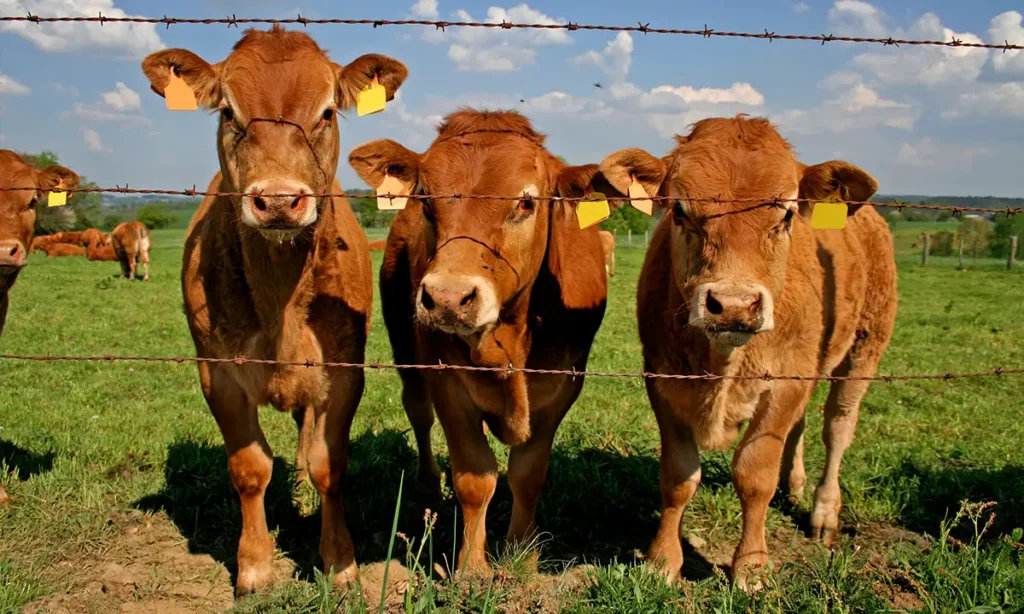Is Australia Experiencing a Cattle Disease Crisis?

Australia’s cattle industry is a major player in the country’s economy. This year, it has faced a crisis because of the outbreak of various cattle diseases.
The Australian cattle industry occasionally reports diseases such as Lumpy Skin Disease (LSD), Bovine Johne’s Disease (BJD), and Bovine pestivirus, among others. Even though cattle farmers and health officials in the global agricultural industry closely monitor these diseases, they still occasionally pop up in cows.
In Australia, these diseases are incredibly rare thanks to strict monitoring and health procedures by farmers and authorities. However, there have been recent scares that have prompted extra vigilance and raised questions about the vulnerability of Australia’s cattle to future outbreaks that could devastate the industry.
Recent Scares
Australia has not been immune to cattle disease scares. In 2022, the country stayed on high alert after traces were found in Indonesian cattle and some imported products. Thanks to the quick response from farmers and authorities, the disease never reached Australian soil. For a short time, Indonesian beef imports were banned until the disease was put under control.
This year, however, it was Indonesia that put a ban on Australian beef. According to Indonesian officials, a shipment of Australian cattle was infected with Lumpy Skin Disease or LSD. Officials noted lumps on the cow’s skin and claimed that the disease originated in Australian farms before the cows arrived in Indonesia.
Australian officials were quick to dismiss the claims, stating that Lumpy Skin Disease is almost unheard of in Australia’s cattle. Shortly after the scare, Indonesia continued imports of Austrian cattle. Indonesia imports over 50% of Australia’s live cattle exports, a total of around A$ 900 billion a year.
Australia’s Cattle Industry
The cattle industry plays a big role in Australia’s economy, contributing around AUD 67 billion in 2020 and 2021. Queensland is the largest producer, at over 40%, followed by New South Wales at around 21% and Victoria at 19%.
Australia is one of the largest exporters of beef globally, and a future outbreak could lead to trade restrictions from importing countries. Prices for beef and dairy products could swing at home too because of disruptions in supply.
To contain future spreads, culling—the selective killing of animals—infected cattle and quarantining affected farms will be the first defense. This has a direct financial impact on farmers who could lose a sizable chunk of their income.
To combat future outbreaks, the government of Australia has planned for financial assistance for affected farmers, research funding, and educational resources. This includes restrictions on imports, improved farm hygiene practices in farms, and surveillance to monitor the health of livestock. In addition, the Australian agricultural industry continues to rely on vaccines, disease-resistant breeds, and other preventive measures.
Thanks to these measures, a full-blown cattle disease crisis remains unlikely. Worldwide containment efforts, global economic conditions, climatic factors, and advances in veterinary medicine have all helped to curb dangerous outbreaks from spreading to Australia’s cattle. With comprehensive, science-driven responses, long-term strategic thinking, and collaboration with farmers, the country’s cattle industry should be able to handle future scares.







Have your say